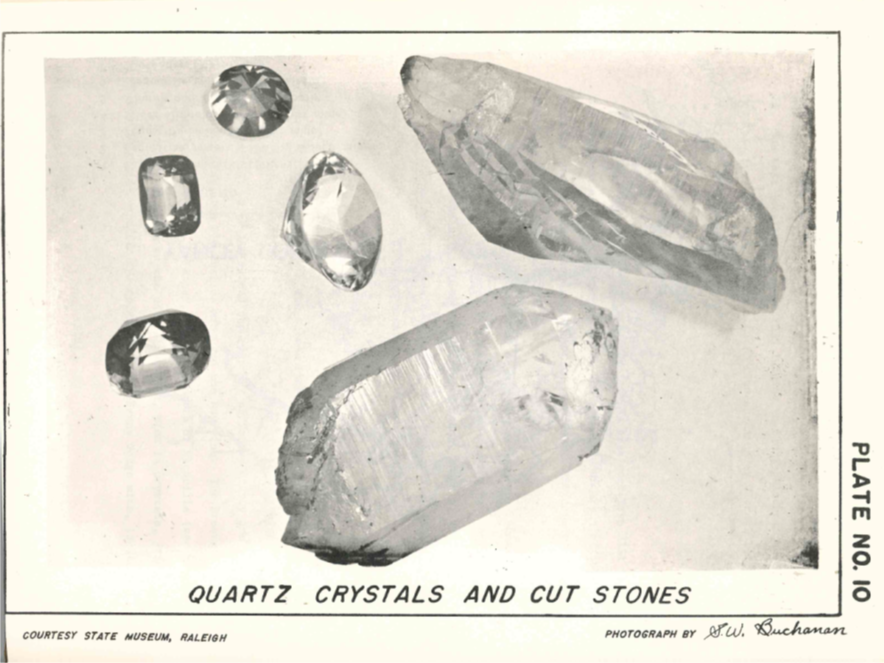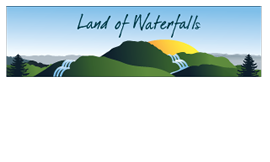
When early European settlers came to the area that is now Transylvania County, they were intensely interested in the vast natural resources that could potentially be hidden in the mountains. Ore extraction was lucrative in other parts of North Carolina, and there were high hopes that there were untapped sources of wealth here too, waiting to be mined.
Mining operations in Transylvania were inspired by the success of the nearby Boylston Mine in neighboring Henderson County at the foot of Forge Mountain. Oral traditions indicate that the first documented miner in what would become Transylvania County was Francis Posey Allison, who worked in the Boylston mine with some success in 1805, though there are no records to corroborate the claim. The first land records are of his kinsman Benjamin Allison and a group of others who acquired 50 acres on Boylston Creek. It is said that Francis mined only long enough to build up a nest egg, and then later efforts to extend the mine flooded it with water, making it impossible to continue the operation. His cousin, Williamson Bird Allison, began his own operation shortly after the Civil War but eventually sold the business when the profits no longer justified the expenditures.
Abraham Glazener also made a living as a silver miner. Family records indicate that he would use a mule to transport silver ore out of Gloucester, near Devil’s Courthouse. It is said that he had a $1 million federal bond to sell his silver only to the government. Alston Beasley and Abraham Glazener later went into business together with the purchase of 200 acres of mineral-rich property in 1834. They named it the Beasley Glazener silver mine, and it was located “at the head of the north Fork of the French Broad River, and on the head of the Davidson River, and on the Balsam Mountain on the Haywood County line.” It is sometimes referred to as the Balsam Mining Company. It is said to have been a source of silver, tin, and other precious metals. As Abraham aged out of the partnership, he turned over his shares and any executive powers to his son George. John Gillespie later joined the enterprise. The land passed hands over the years, but was eventually seen to be “tapped out,” and mining was non longer engaged in on that land.
What ore was found in other parts of Transylvania County? Sapphires were once prolific enough to warrant that area being named after them. Corundum, asbestos, and mica were found in the area of Mount Toxaway, along with some small amount of gold. The NC Department of Conservation and Development, Division of Mineral Resources survey indicates that only quartz, smoky quartz, pyrite, calcite, and garnets are found in Transylvania County. These ores were never in high enough demand to make mining a large-scale operation, but the attempts made by early settlers to strike it rich are nonetheless a part of our history.
Photographs and information for this column are provided by the Rowell Bosse North Carolina Room, Transylvania County Library. This article was written by Local History Librarian Laura Sperry. For more information, comments, or suggestions, contact NC Room staff at [email protected] or 828-884-1820.



